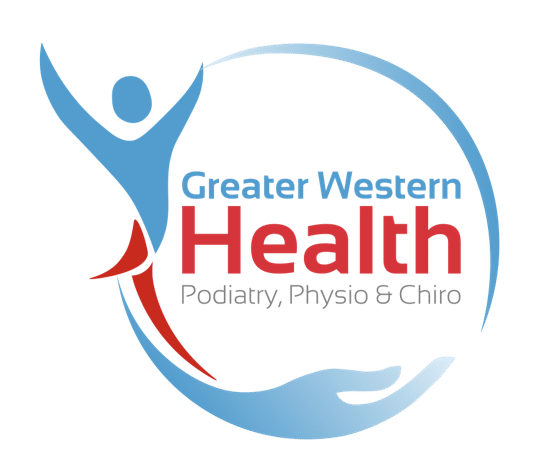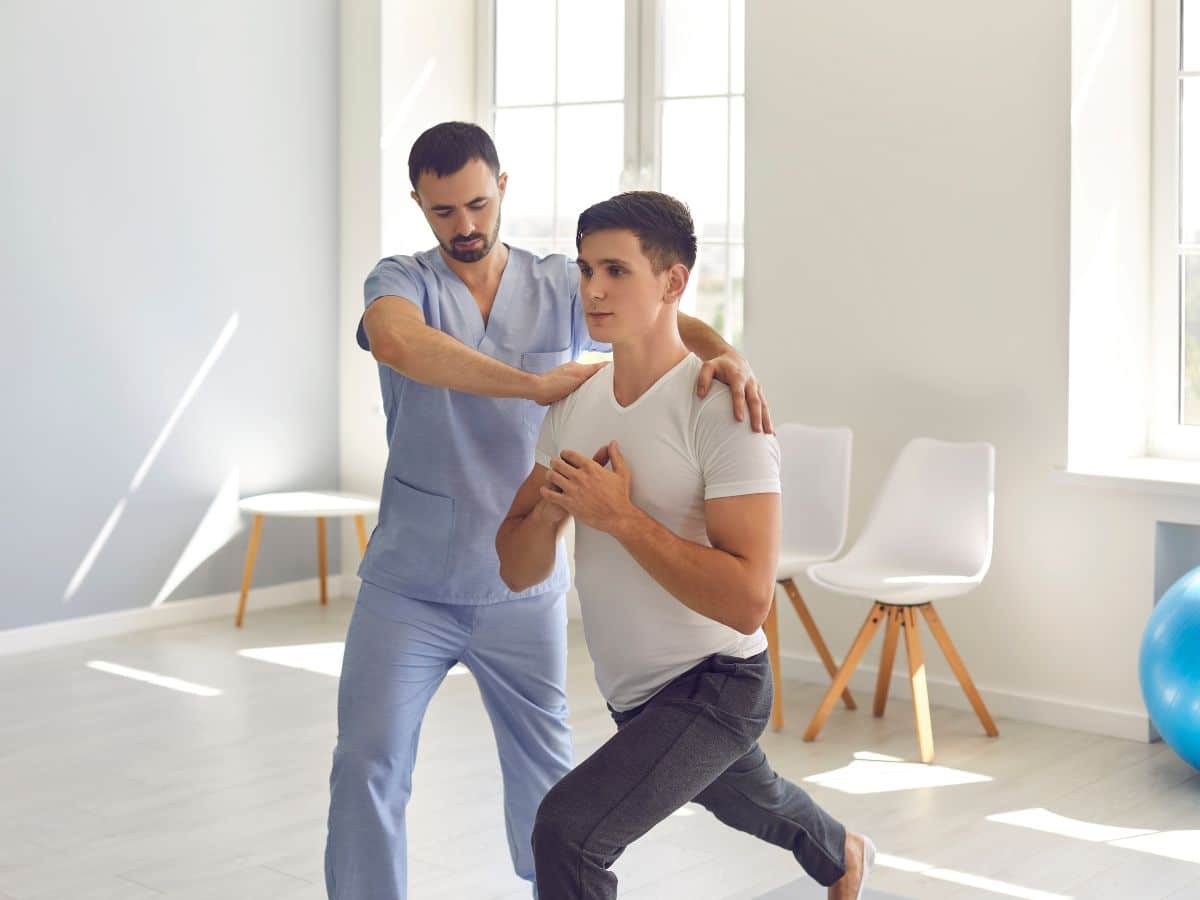If you’re an athlete or someone who loves staying active, getting injured can feel like hitting a brick wall. Suddenly, the sport you love is out of reach, and frustration kicks in. The good news? You don’t have to stay sidelined. With the right physiotherapy approach, you can heal faster, move better, and get back to peak performance.
Whether you’re recovering from a knee injury, a torn muscle, or a lingering strain, this guide walks you through the best physiotherapy practices for sports recovery, injury prevention, and getting back to full strength.
Understanding Sports Injuries
Common Injuries That Keep Athletes Off the Field
Injuries happen – even to the best of us. Whether it’s a sudden tear or an overuse strain, the right treatment can make all the difference in your recovery. Here are some of the most common sports injuries:
- ACL Tears – Often caused by sudden changes in direction or awkward landings, ACL injuries usually require surgery followed by structured physiotherapy to restore knee stability and function. Expect a 9 to 12-month rehab journey before safely returning to sport.
- Ankle Sprains & Tears – Rolling your ankle may seem minor, but without proper rehab, you risk chronic instability and repeated injuries. Physiotherapy focuses on balance training, strengthening, and mobility work to keep your ankle strong and stable.
- Rotator Cuff Injuries – If you play tennis, swim, or lift weights, your shoulders take a beating. Weakness, pain, or restricted movement in the shoulder can signal rotator cuff issues. Physiotherapy helps by strengthening stabilising muscles and correcting posture.
- Tennis & Golfer’s Elbow – If gripping, swinging, or lifting causes elbow pain, you may be dealing with an overuse injury. Rehab involves reducing strain, strengthening forearm muscles, and improving wrist and elbow mechanics.
Why Rest Alone Won’t Heal You
One of the biggest myths in sports recovery? That injuries heal on their own with rest. Sure, giving your body time to recover is important, but stopping all movement can lead to stiffness, muscle weakness, and a longer recovery time.
For example, after an ACL tear, skipping rehab can result in permanent instability and a high risk of re-injury. That’s why physiotherapy is essential—it guides your body through the healing process, ensuring you regain strength, mobility, and confidence.
Physiotherapy Techniques for Sports Recovery
Tailored Rehab for Faster Healing
There’s no one-size-fits-all recovery plan. Your injury, sport, and body all play a role in what rehab should look like. A good physiotherapy program is personalised and adapts as you progress.
For example:
- A soccer player with an ACL tear will focus on knee stability, balance, and impact training.
- A swimmer with a shoulder injury will need posture correction, rotator cuff strengthening, and stroke adjustments.
- A runner with shin splints might work on foot mechanics, calf strengthening, and load management.
Why Functional Exercises Matter
Rehab isn’t just about isolated movements like leg lifts or band stretches—it’s about getting your body ready for real movement. Functional exercises help bridge the gap between rehab and sport by mimicking the way your body actually moves in action.
- Multi-Joint Movements – Instead of isolating a single muscle, functional exercises engage multiple muscle groups, improving coordination and overall strength.
- Sport-Specific Drills – Sprint drills, lateral movements, and jumping mechanics help retrain your body for game-day intensity.
- Gradual Progression – Every week, your physiotherapist should increase the challenge, ensuring your body adapts without risking re-injury.
What About Ultrasound and Machine-Based Therapy?
Some clinics still use machine-based treatments like ultrasound or electrotherapy, but research shows these aren’t the most effective for long-term recovery. Instead, the best physiotherapy approaches focus on:
- Soft Tissue Massage – Helps loosen tight muscles, improve circulation, and reduce scar tissue.
- Dry Needling – Releases muscle tension and promotes faster healing.
- Joint Mobilisation & Manual Therapy – Restores movement in stiff joints and relieves pain.
The Road to Recovery: A Step-by-Step Guide
Recovering from an injury isn’t about waiting – it’s about following a structured plan. Here’s what a typical sports recovery program looks like:
- Restoring Range of Motion – Gentle movement and stretching to reduce stiffness and regain flexibility.
- Muscle Activation – Engaging the right muscles to prevent compensations and future imbalances.
- Building Strength & Endurance – Gradually increasing resistance to strengthen injured areas.
- Developing Power & Absorbing Force – Learning to land, pivot, and move with control.
- Sport-Specific Training – Reintroducing drills that replicate real-game conditions before returning to full play.
Setting & Measuring Recovery Goals
A great physiotherapy program includes clear recovery milestones so you stay motivated and on track. Your physio should help you set:
- Short-term goals – Regaining full range of motion, reducing pain, and restoring strength.
- Mid-term goals – Building endurance, testing agility, and reintroducing sport-specific movements.
Long-term goals – Full return to sport with no fear of re-injury.
Preventing Future Injuries
Rehab is important, but prevention is even better. Here’s how to keep your body in top shape and reduce the risk of injuries.
Strength & Mobility Work
- Loosen up – Regular mobility drills help prevent joint stiffness and restrictions.
- Activate muscles before workouts – Warming up the right muscles before activity improves performance and reduces injury risk.
- Address weaknesses – A physiotherapist can identify and strengthen weak points before they turn into injuries.
The Importance of Warm-Ups & Cool-Downs
Skipping warm-ups and cool-downs might save time, but it increases your risk of getting hurt.
- Warm-ups help raise body temperature, activate muscles, and prepare joints for movement.
- Cool-downs help lower heart rate, flush out lactic acid, and reduce post-exercise stiffness.
Improving Body Mechanics
Great athletes don’t just train hard – they move smart. Good mechanics help reduce unnecessary stress on your body.
- Movement screenings can highlight areas where your form needs improvement.
- Proper lifting and running techniques reduce stress on your joints.
- Proactive training stops injuries before they happen, rather than reacting once you’re already in pain.
Ready to Get Back to Peak Performance?
Injury recovery isn’t just about healing – it’s about coming back stronger than before. Whether you’re dealing with a fresh injury or want to prevent one, physiotherapy is key to staying in the game.
Don’t wait – book a consultation today and take the first step toward a full recovery.

